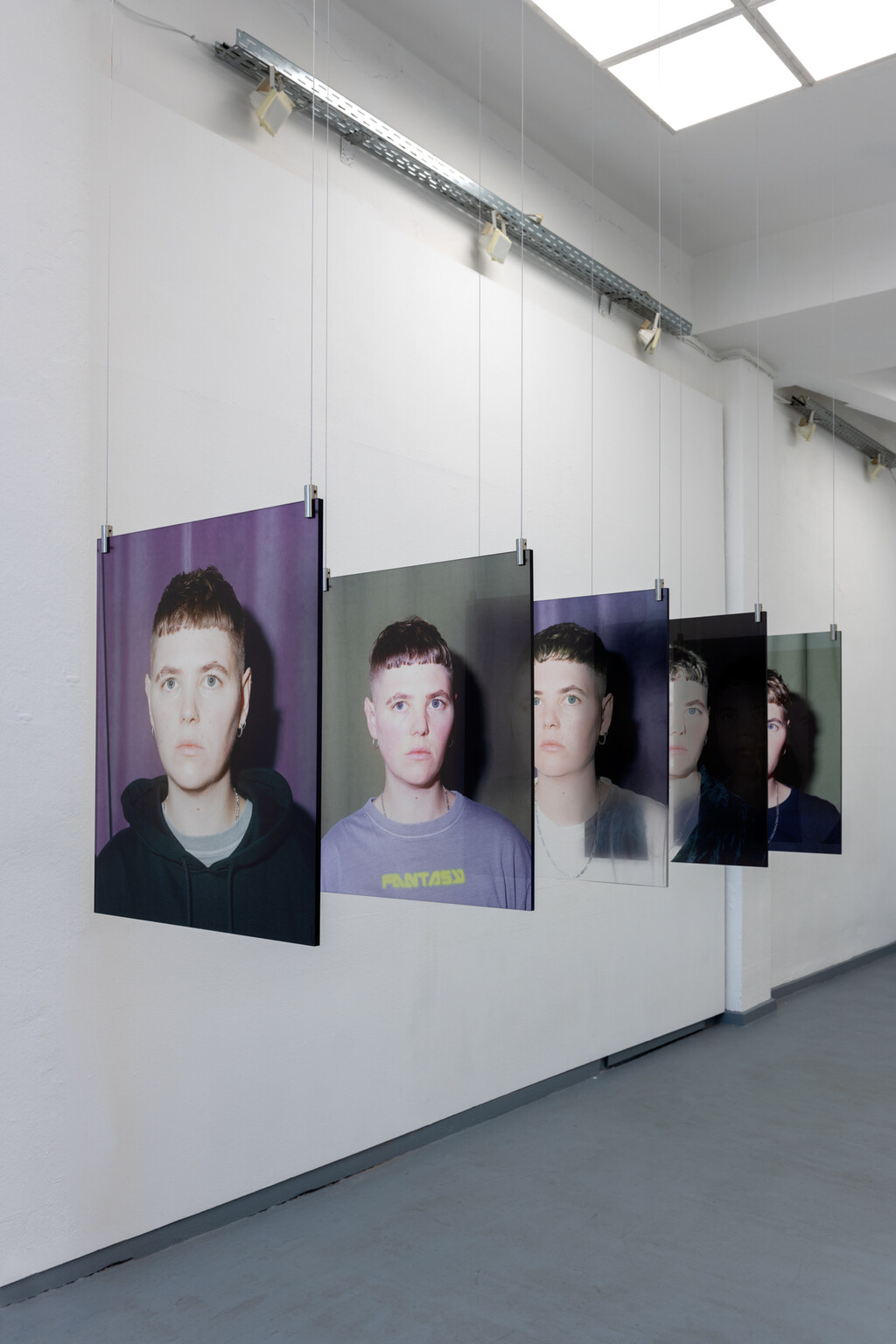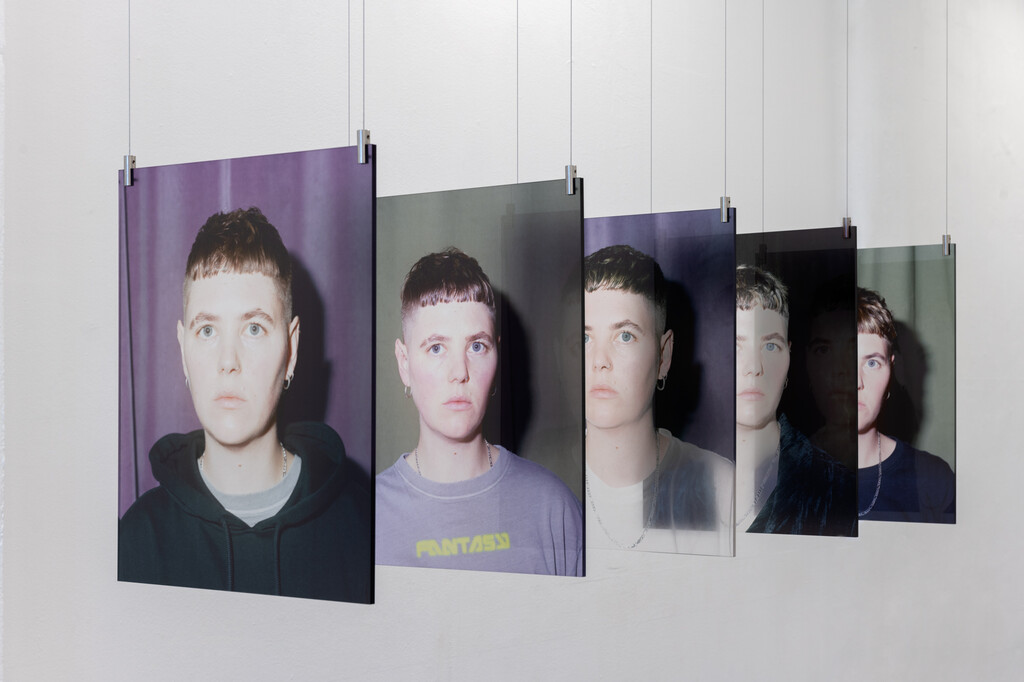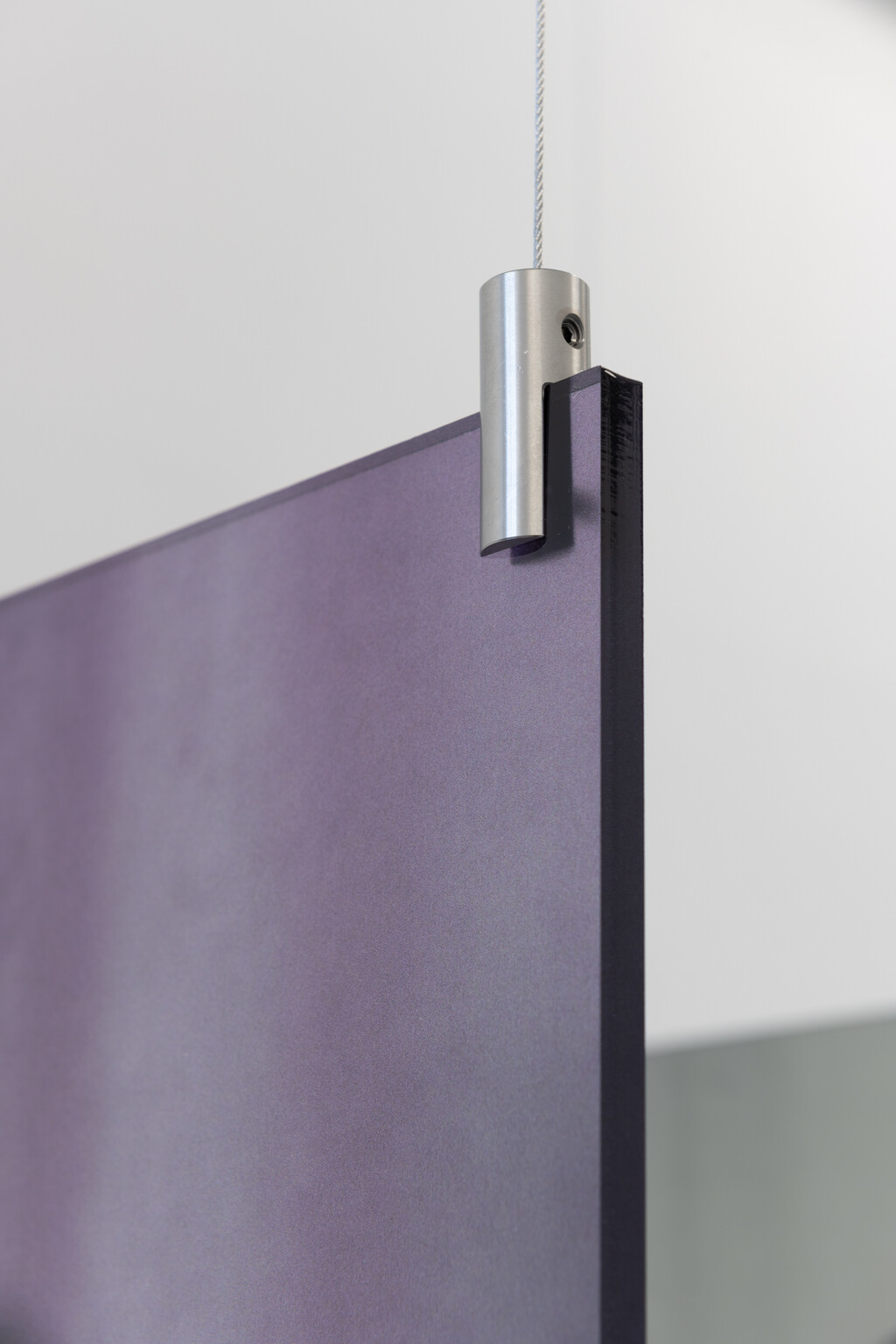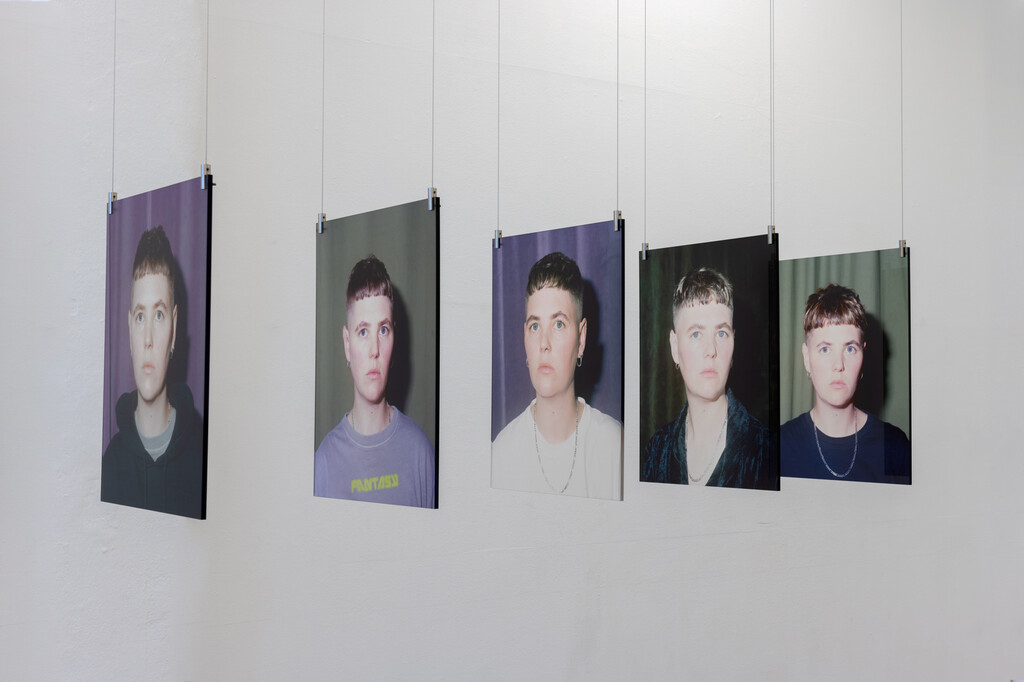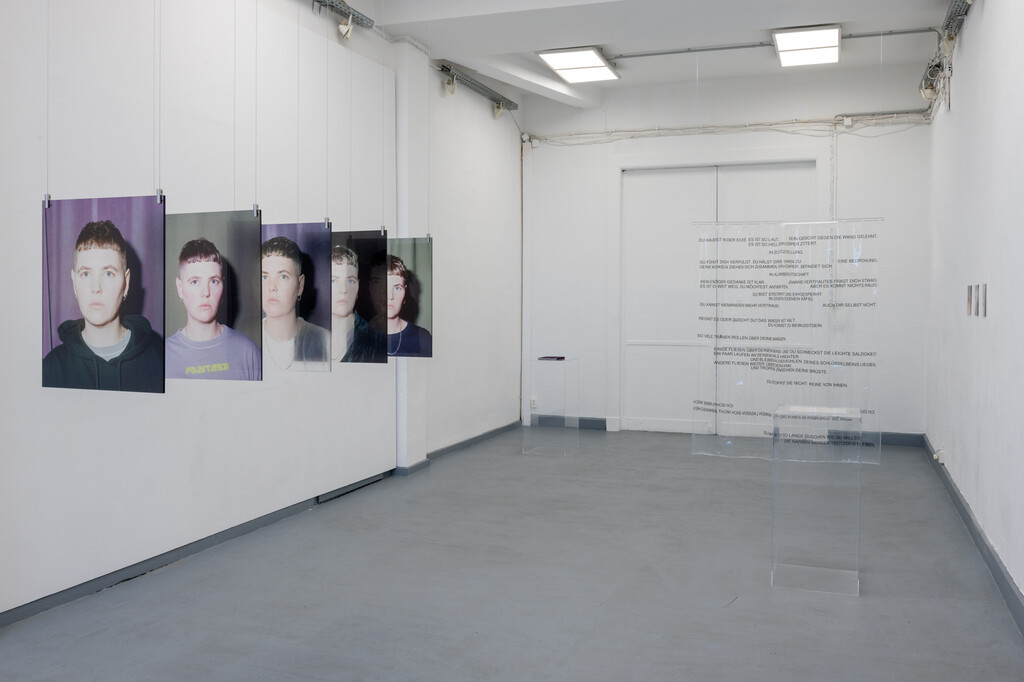2023 – 2024

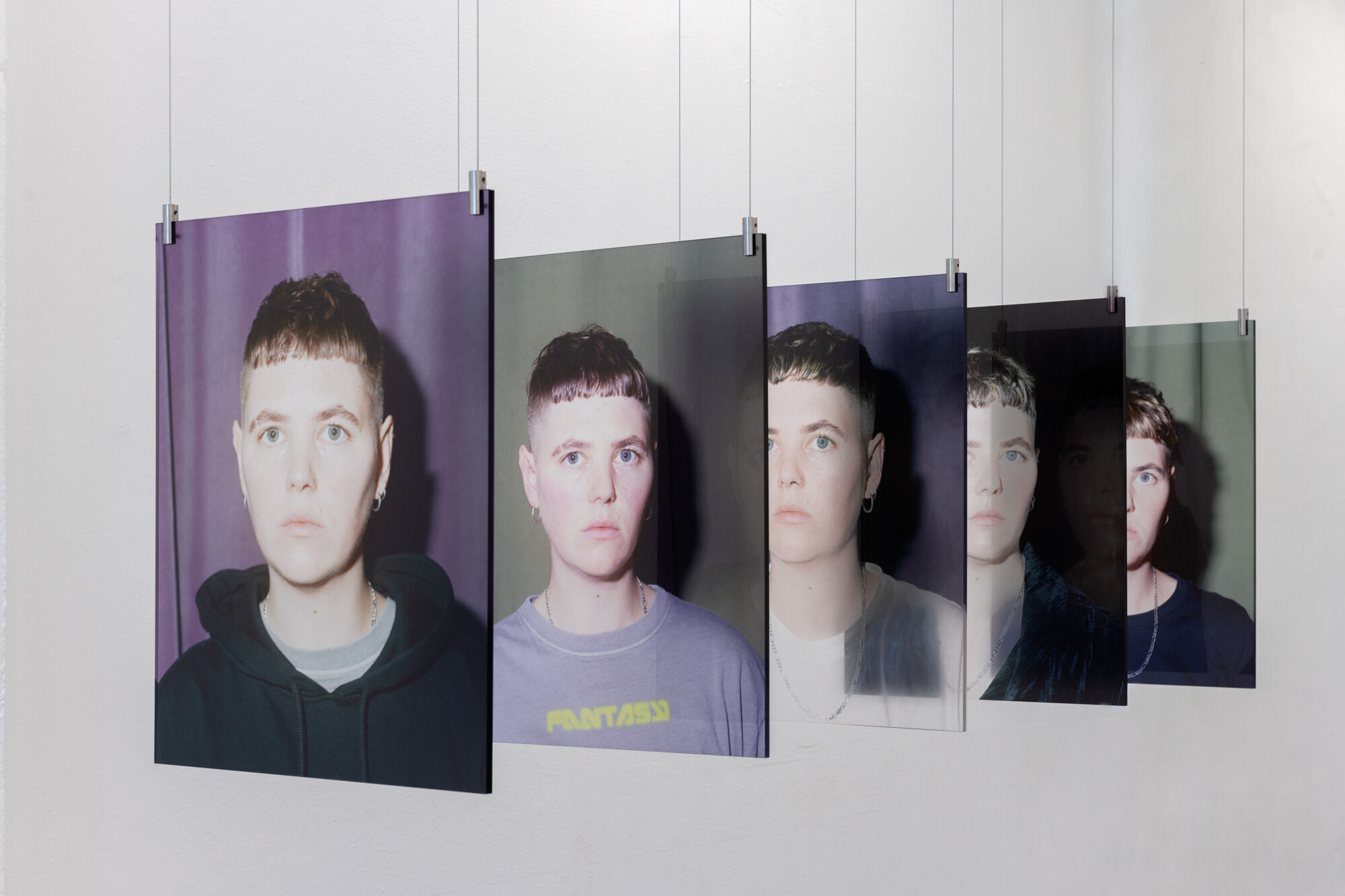

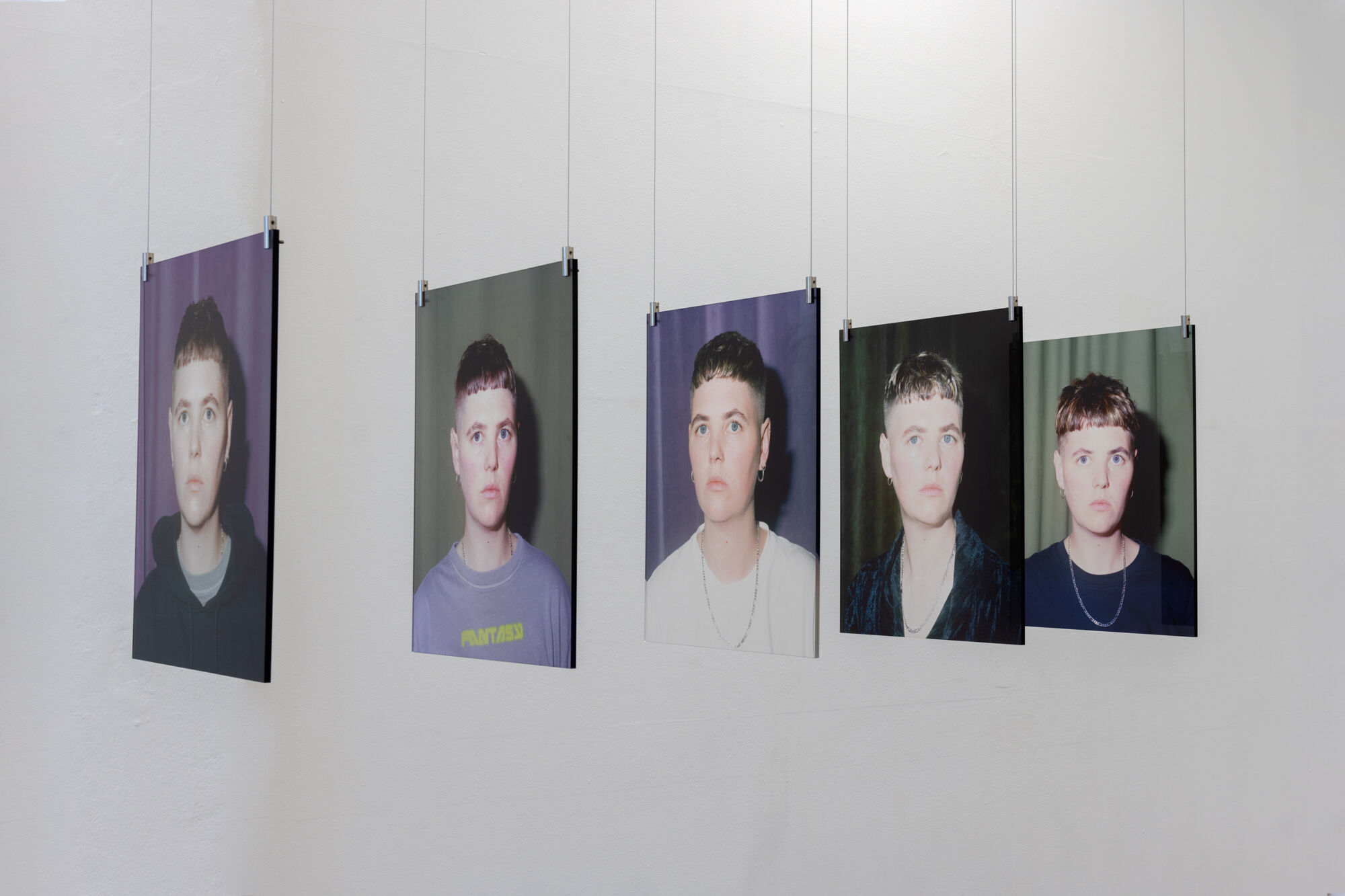
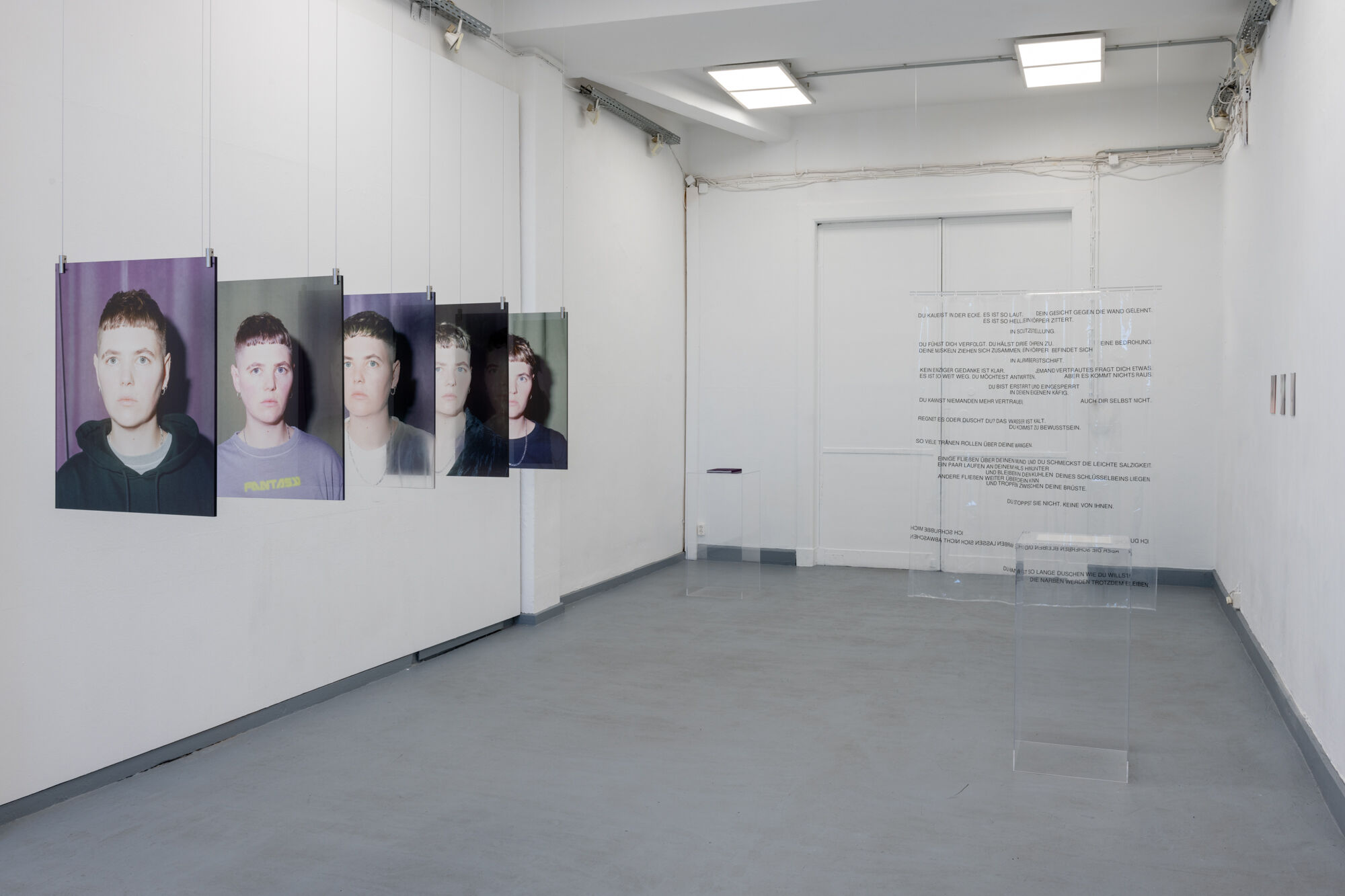
2023 – 2024
“What is the non-binary body? What is the non-binary jacket? What is the non-binary haircut? What should the nail bed look like? Like the calluses on your feet. Which shoe size should you have. Do you sit leaning forward a bit or leaning back slightly. Which hair color is non-binary. Which eye color. Which skin color. How much body fat is non-binary. Do the tips of the feet point towards the center or outwards? How does the cough sound.”1
Jay Ritchie’s works examines social roles and identities in the binary gender system. In a society that consistently feels compelled to categorize bodies not only in terms of gender but also more generally, Ritchie’s photographic and sculptural works focus on the non-binary body and its resilience without negating its wounds.
In a personal and poetic manner, Ritchie demonstrates through their own transition how gender can be a journey and a process. However, by making individual experiences visible, the works do not only refer to queer realities. In transparent formation instead negotiates identity in general as a flowing continuum rather than a rigid construct. Gender is not understood as a fixed category but as a state that, like our entire being, can change and transform.
1 Irina Nekrasov/a: Welche Haarfarbe hat Geschlecht. In: etece buch (ed.), Realitäten. 30 Queere Stimmen. Berlin: etecee buch, 2022.
